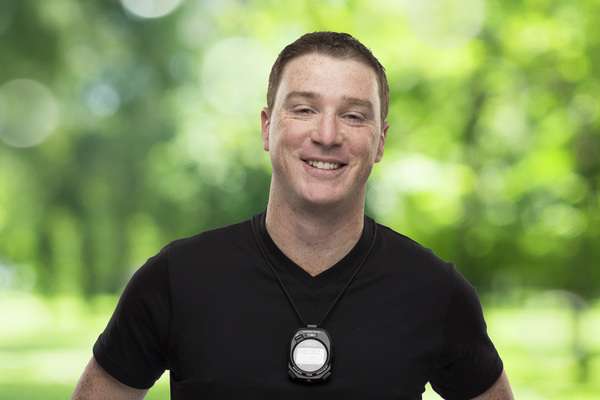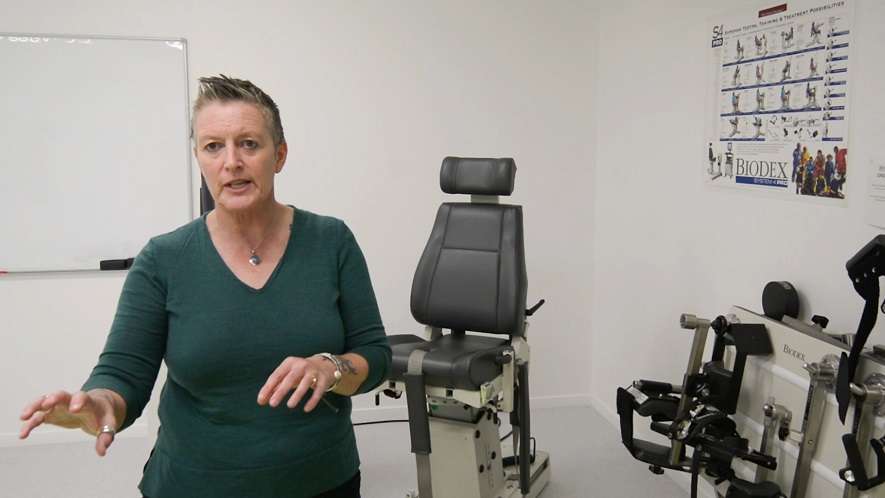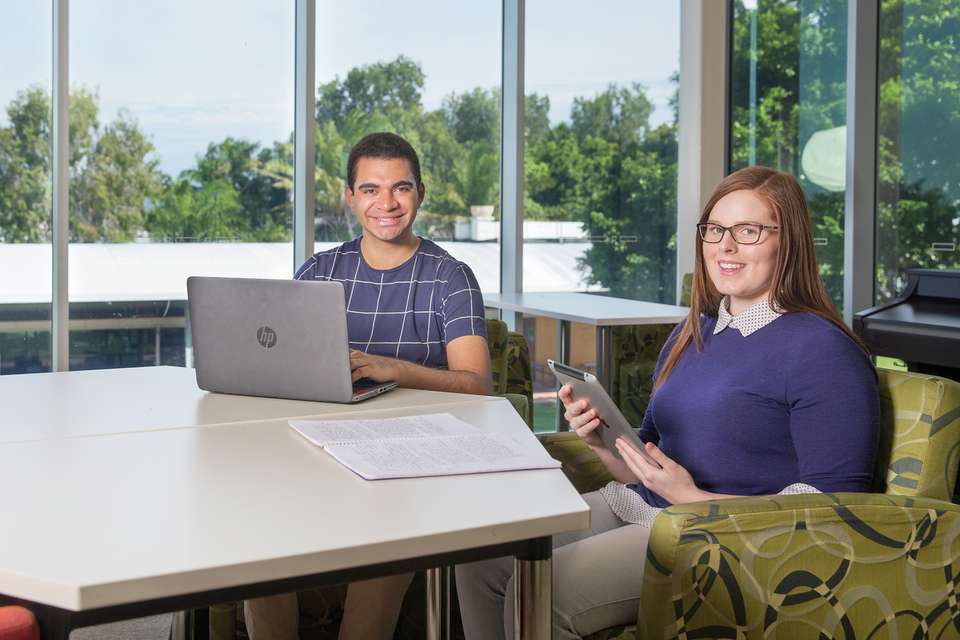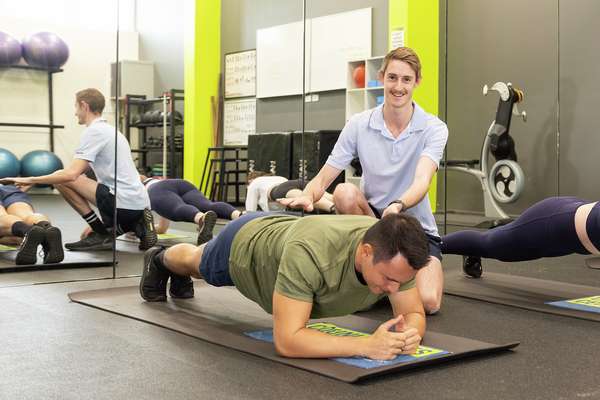Exercise and Sports Science
If you love sport and keeping fit, studying an Exercise and Sport Sciences course can help you turn your interest into a career.
CQU's Bachelor of Exercise and Sport Sciences is a degree that brings together practical skills with an exploration into exercise physiology; biomechanics; motor control; exercise and sport psychology; nutrition and anatomy.
You'll gain a comprehensive understanding of the processes and mechanisms of the human body as they relate to exercise and sport science.
Plus, you can pursue your own interest with a minor in Biomedical Sciences, Secondary Teaching or Management and Business and get ready for a range of career possibilities.
These include working in health and sports organisations; government agencies; rehabilitation clinics and hospitals; and institutes that have a focus on sports, movement, health, wellness and fitness.
Find a course
 “
“Sport science appealed to me because it's more analytical and research-based and has a firm grounding in science. It combined my love of sports with a research and knowledge base.
Liam Bromilow
Bachelor of Exercise and Sport Science

Transcript
If you've got an interest in exercise, physical activity, health, nutrition, if you like kind of motor control to understanding how the brain works when you're doing activities, working with children and understanding motor skills those types of things are all core to what's in our degree so it's very open to lots of different individuals.
Within the um exercise and sports science kind of when you're accredited as an exercise scientist, you have to do a minimum number of hours okay within the work integrated learning. The experience has to be across two or more sites so they have to work in different areas. If you're in that mode where you come to residential schools you will be coming for a two-day block unit for each of your units so one we might have biomechanics and we might have physical activity and come from two days for each of those blocks.
So as a student the experience you get working in an exercise and sports science environment is really good. I also think the accessibility of working with teams, whether that's a community level or elite level it's much easier here. What we have here and especially for us at CQU, because we've got our three campuses and we've got the different cohorts of kind of groups and our regions, it means we've got that diversity.
Going back to thinking about our regional footprint okay, I think the key we have there is we have we can have community engagement we can give back to the community. If you're in a metropolitan area it's everybody's competing for the same thing whereas, in the more regional communities there's more accessibility, there's people wanting to be involved. We have three labs okay, on our three campuses and they've all got exactly the same equipment. So any student at any of the campuses is going to get that same experience.
There's very specific things within our accreditation that we have to kind of I suppose, allow the students to be involved in. So it's like we have to get them developing skills in using particular equipment in biomechanics, exercise physiology, strength and conditioning, motor control and anatomy and physiology and functional anatomy. This equipment here is replicated on our other campuses as well, it's called a biodex machine and it's something that can be used basically to look at muscles, isolate different muscles and joints and try and understand what's happening within a particular joint. You get little reports like this we can get out of this machine and we can look at how fast you accelerate your leg, how fast you decelerate your leg, what that range of motion is in degrees.
Some of the other equipment we use and you can probably see it set up in the lab here, we have what's called a 3D motion analysis set up and what we do, we have these little markers here that you can hopefully see and these get put in place with tape onto the various joints and what we can do with these, we can then take these 3D. The cameras will pick up these markers okay, and you can then construct a model of a person doing a particular move. We can look at somebody walking and try and understand forces that are happening during walking because we have a force plate in the middle.
The undergrads do an accredited exercise science degree and then within that we actually have a kind of stream that can lead them to go on to do their exercise physiology, but the core still gets them accredited as an exercise scientist. The students, once they're accredited that allows them then to apply to go in as a graduate entry into the clinical exercise physiology masters. Around their three years, they'll have mentors so they're able to come to us as academics we're all kind of knowledgeable in lots of different areas. When they're on placements as well, there's a lot of support that happens there. So we have the WIL office, we have the academics and then we have kind of the rest of the academics, kind of working with those students as needed
Get in touch
Not sure what course is best for you? We’re here to help. Get in touch by phone, message or in person, and we’ll help you explore your study options.


